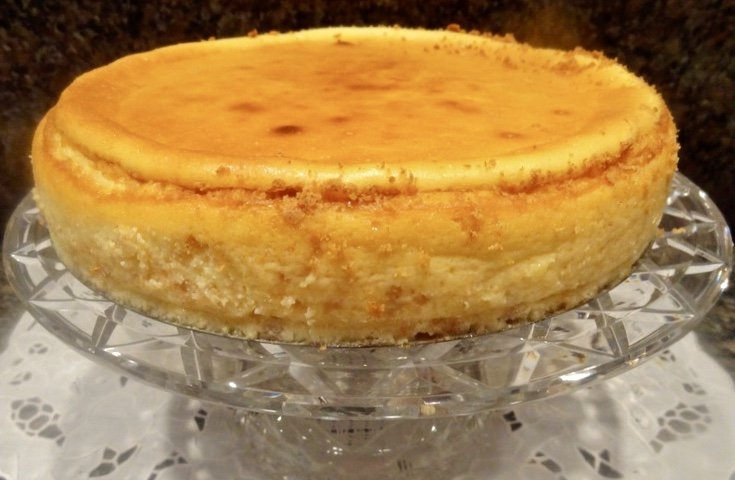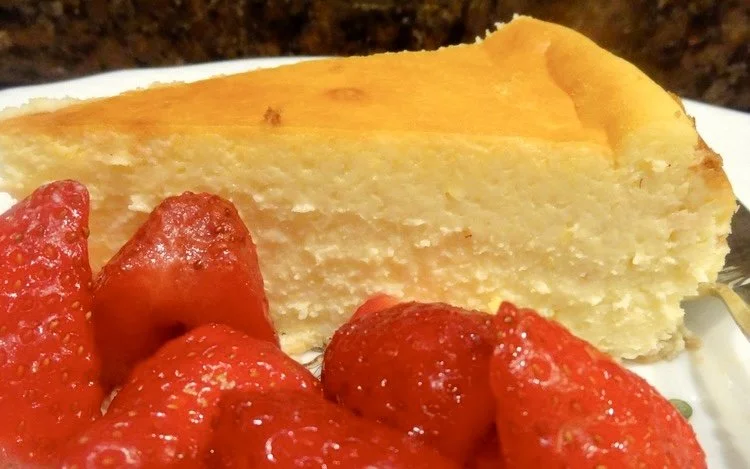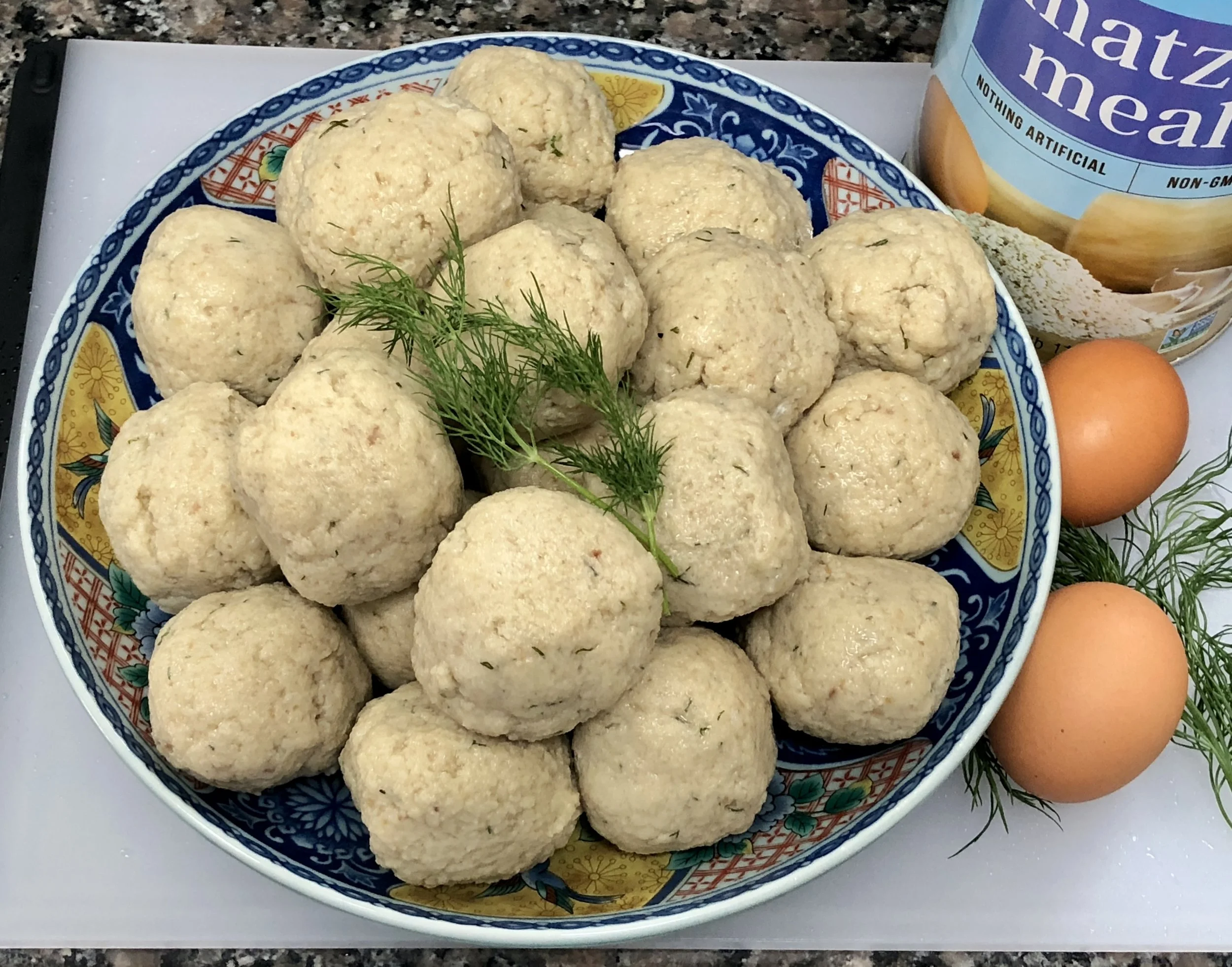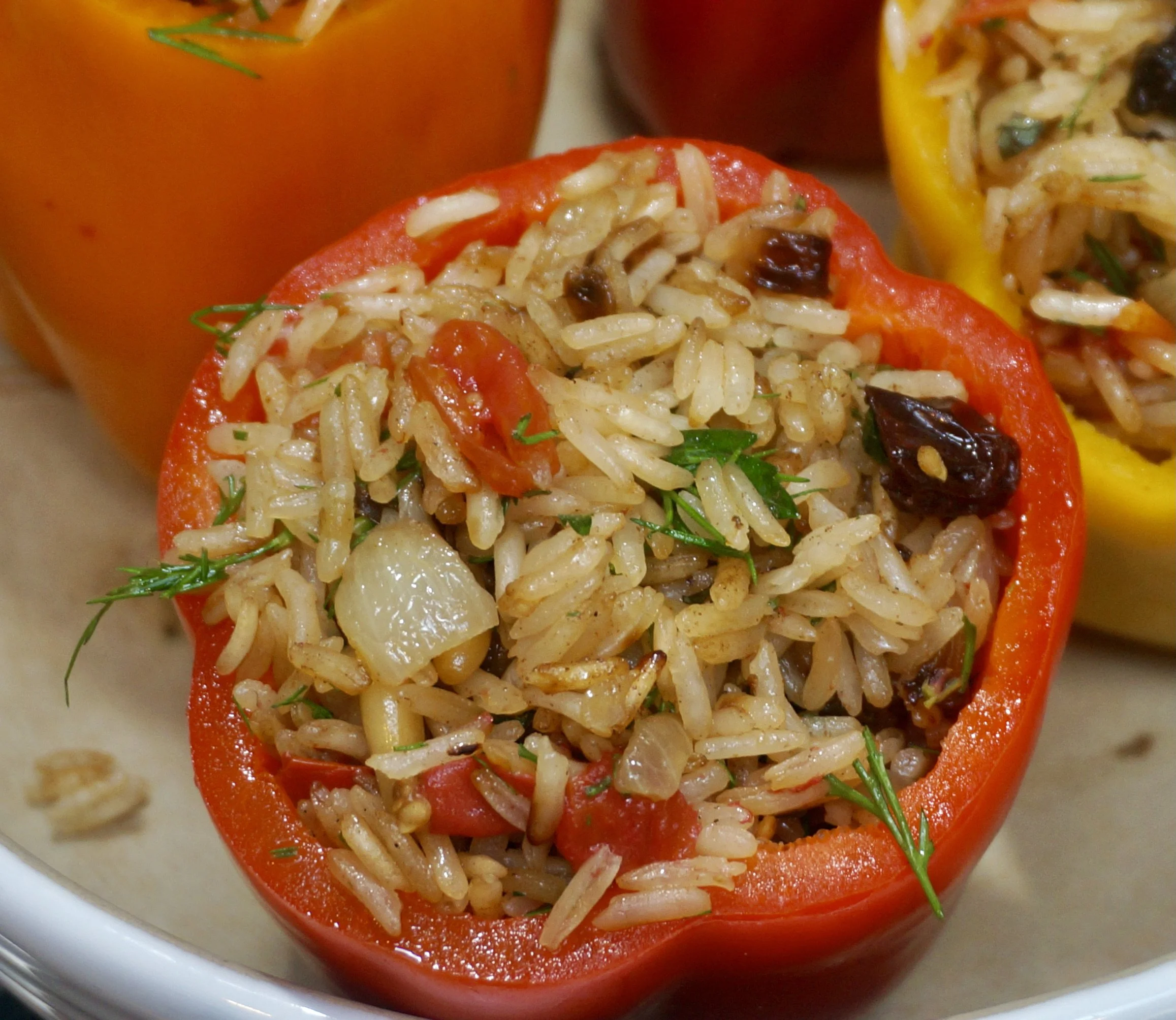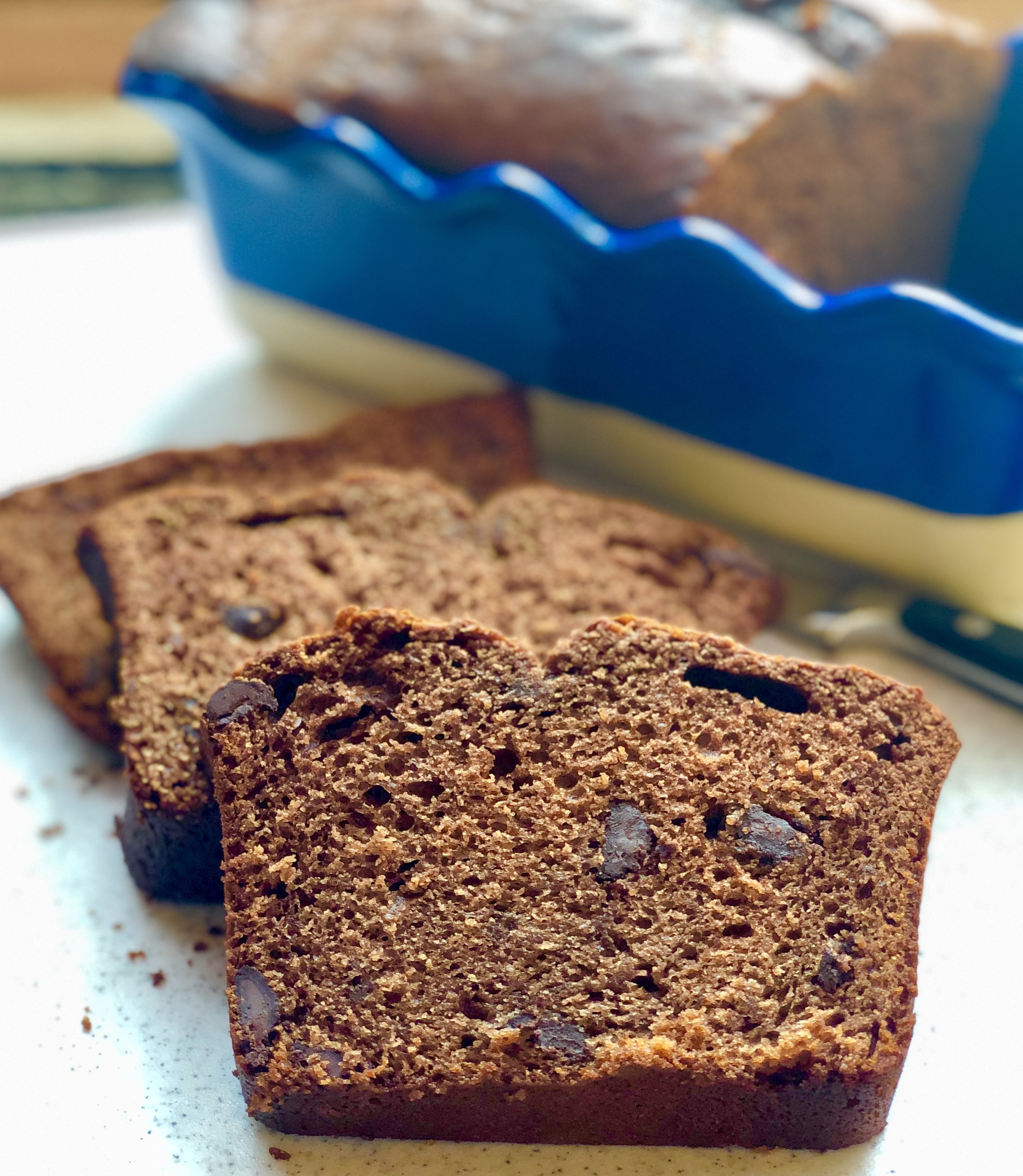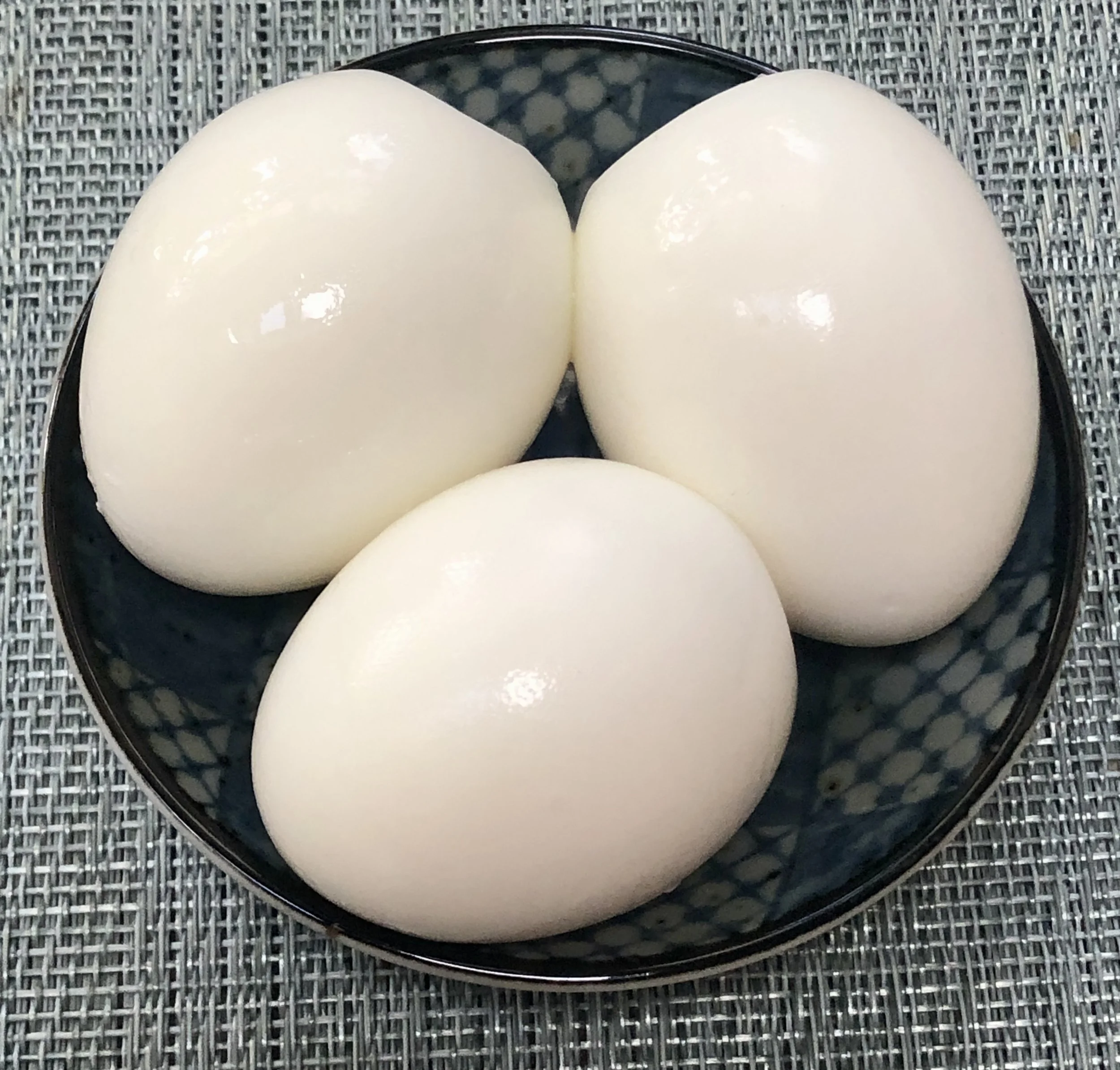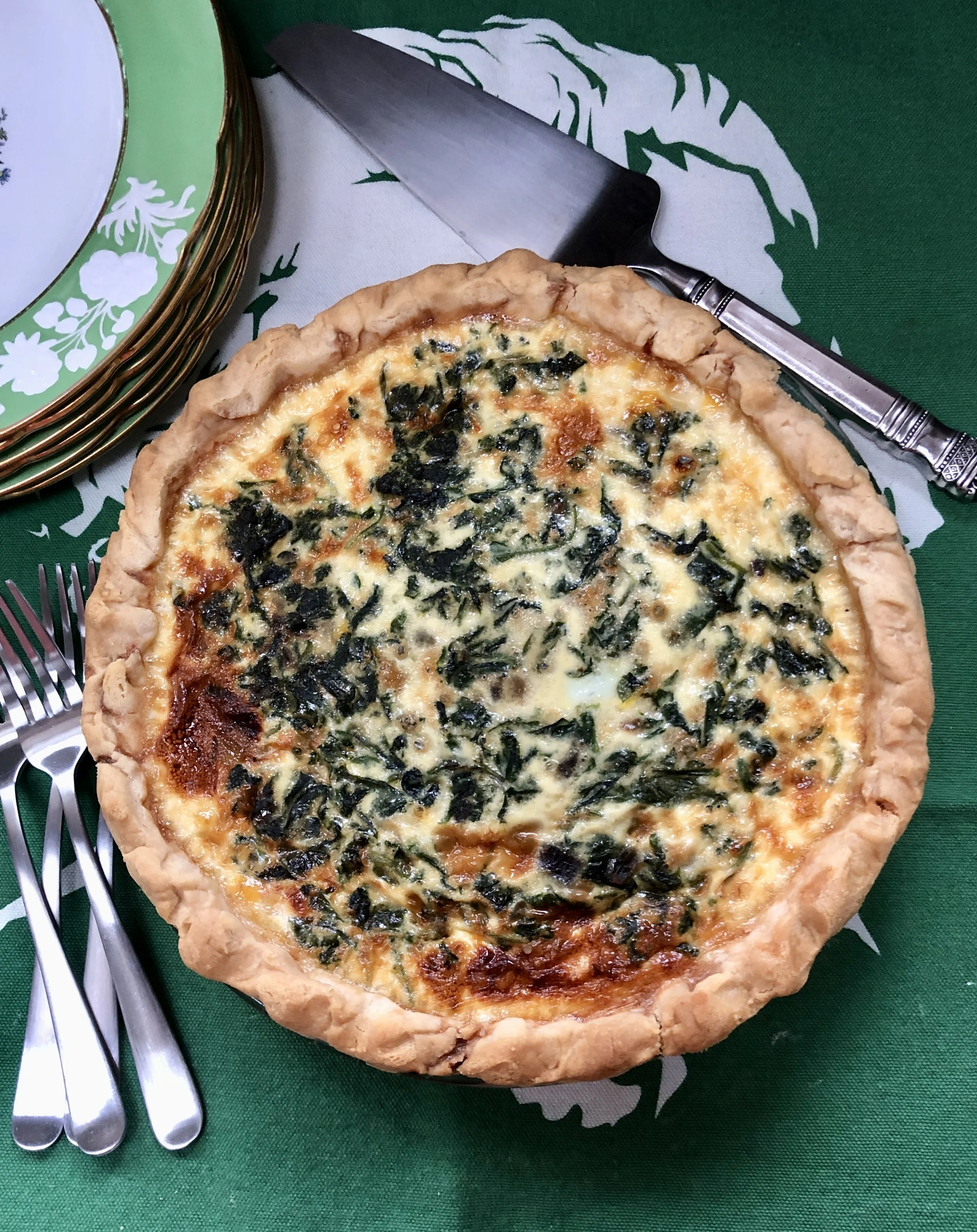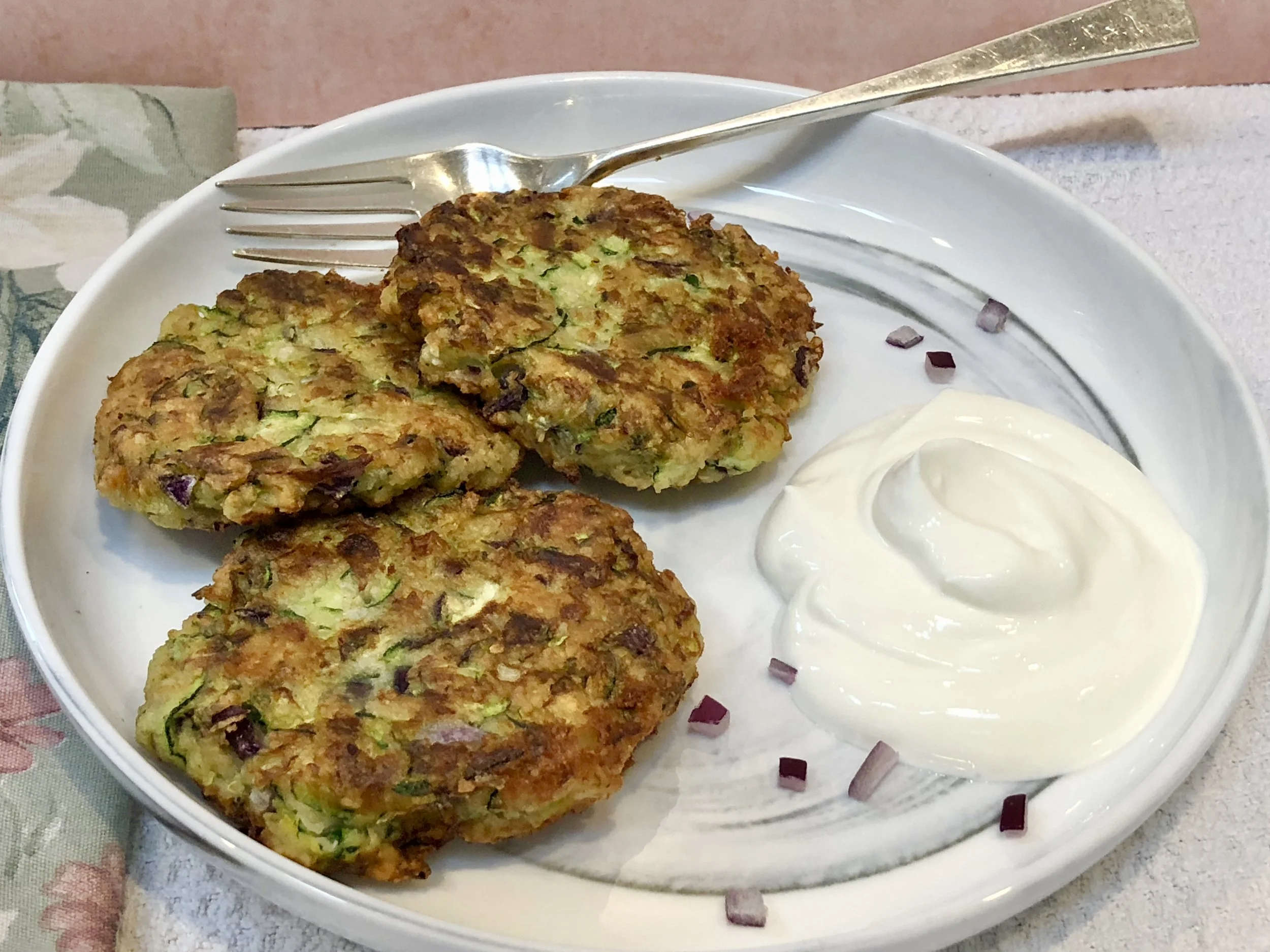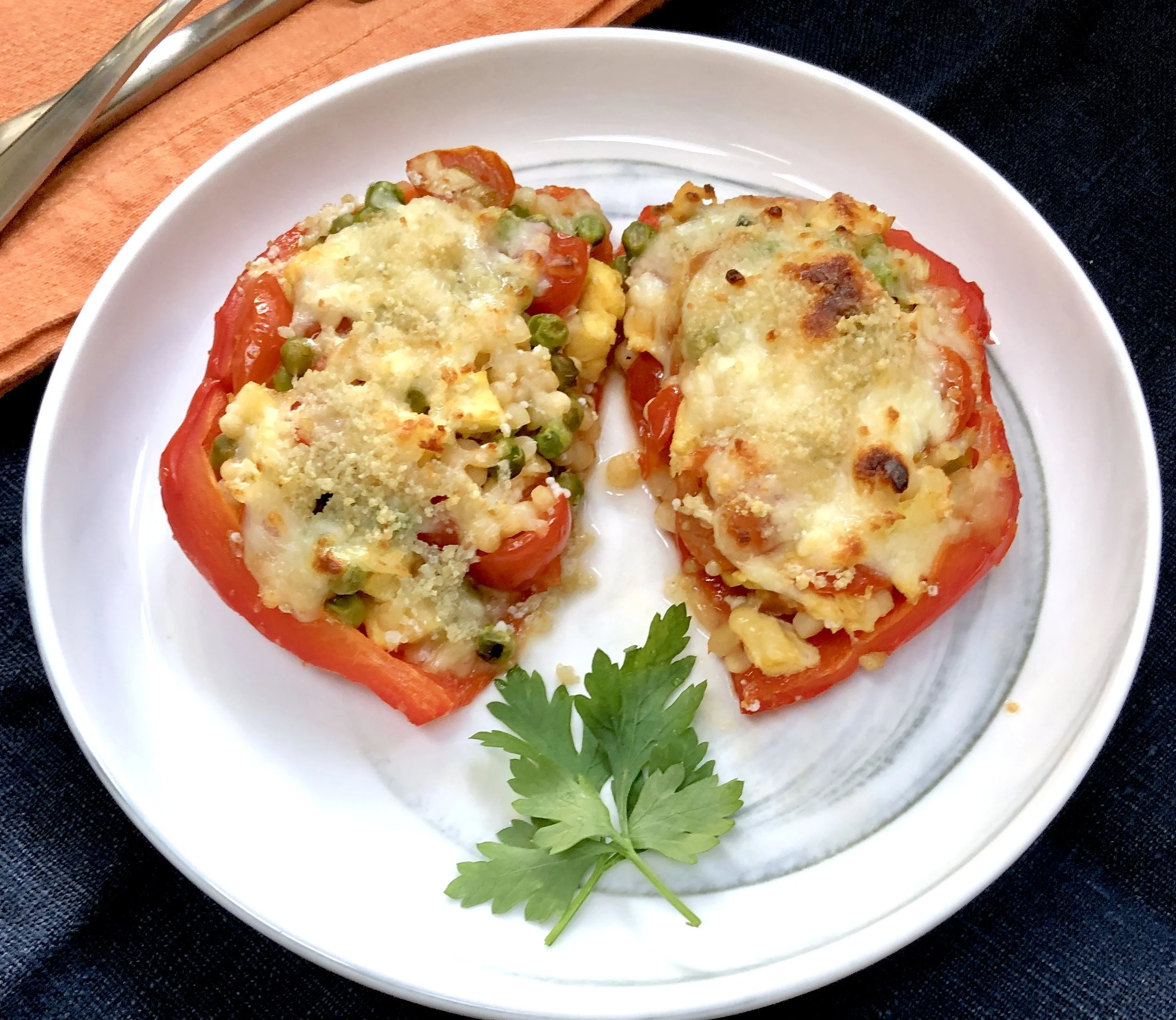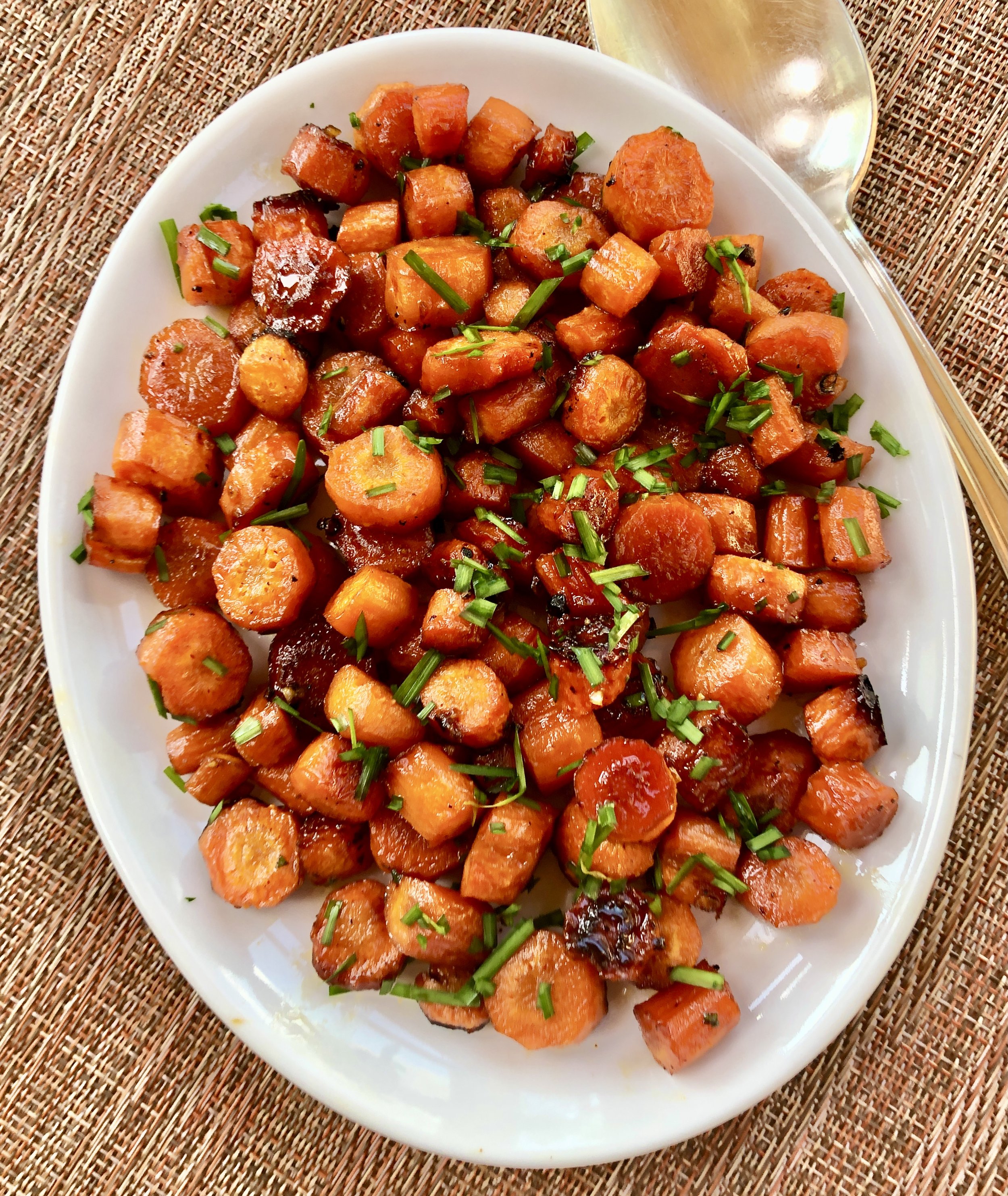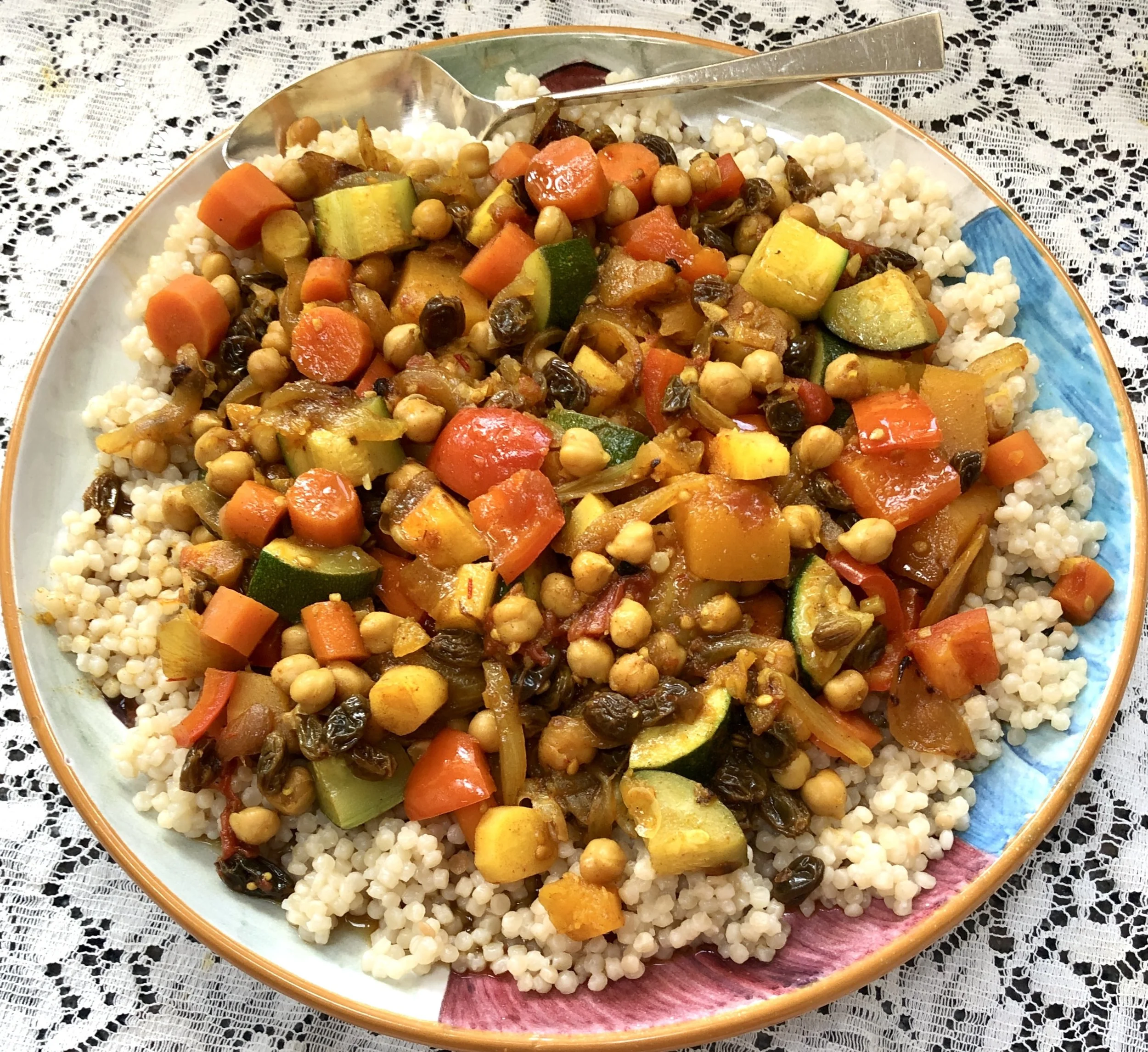I’m one of those people who loves dairy foods so for me, Shavuot, which is in two days (June 11th at sundown), is the most delicious holiday because it’s the “dairy” holiday and even more specifically, it’s the cheesecake holiday. Who doesn’t like cheesecake!? I make all kinds but I really do love the plain, New York style cheesecake the best. Ok, maybe with some strawberries on the side. But that’s it!
NEW YORK CHEESECAKE
1-1/2 teaspoons butter or margarine
1/3 cup graham cracker crumbs (approximately)
1-1/2 pounds cream cheese (3-8 ounce packages)
freshly grated zest of one small orange
2 tablespoons freshly grated lemon zest
1 teaspoon vanilla extract
1/2 cup whipping cream
1 cup sugar
4 large eggs
1/3 cup dairy sour cream or unflavored yogurt
Preheat the oven to 350 degrees. Spread the butter on the bottom and sides of a 9” springform pan. Sprinkle the inside of the pan with the graham cracker crumbs. Shake the pan to coat the bottom and sides of the pan completely. Beat the cream cheese, orange zest and lemon zest together in the bowl of an electric mixer set at medium speed for 1-2 minutes or until the cheese has softened and is smooth. Gradually add the vanilla, cream and sugar and beat for 2-3 minutes or until the mixture is smooth, scraping down the sides of the bowl occasionally with a rubber spatula. Add the eggs one at a time, beating them in after each addition. Stir in the sour cream. Pour the batter into the prepared pan. Prepare a bain-marie, that is, place the springform pan inside a larger pan. Fill the larger pan with enough hot water to come at least 1-inch up the sides of the baking dish. Bake for 70-75 minutes or until the top of the cake is lightly browned. Remove the springform pan from the larger pan and let the cake cool in the springform pan. When the cake has reached room temperature, refrigerate it for at least 4 hours or until it is thoroughly chilled. Remove the sides of the pan to serve the cake. Slices best using a knife that has been inserted into very hot water. Makes one #cheesecake #cheesecakelover #cheesecakes #shavuot #shavuot2024 #shavuos #shavuos2024 #dairy #dairydessert

